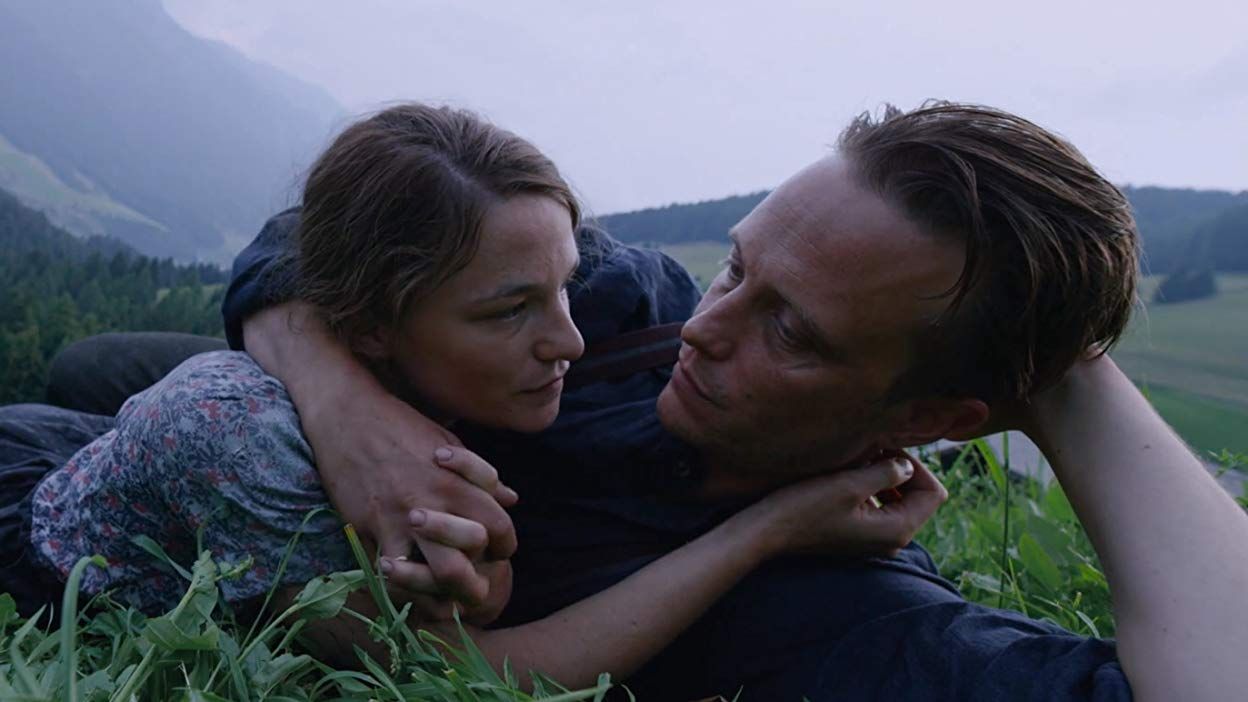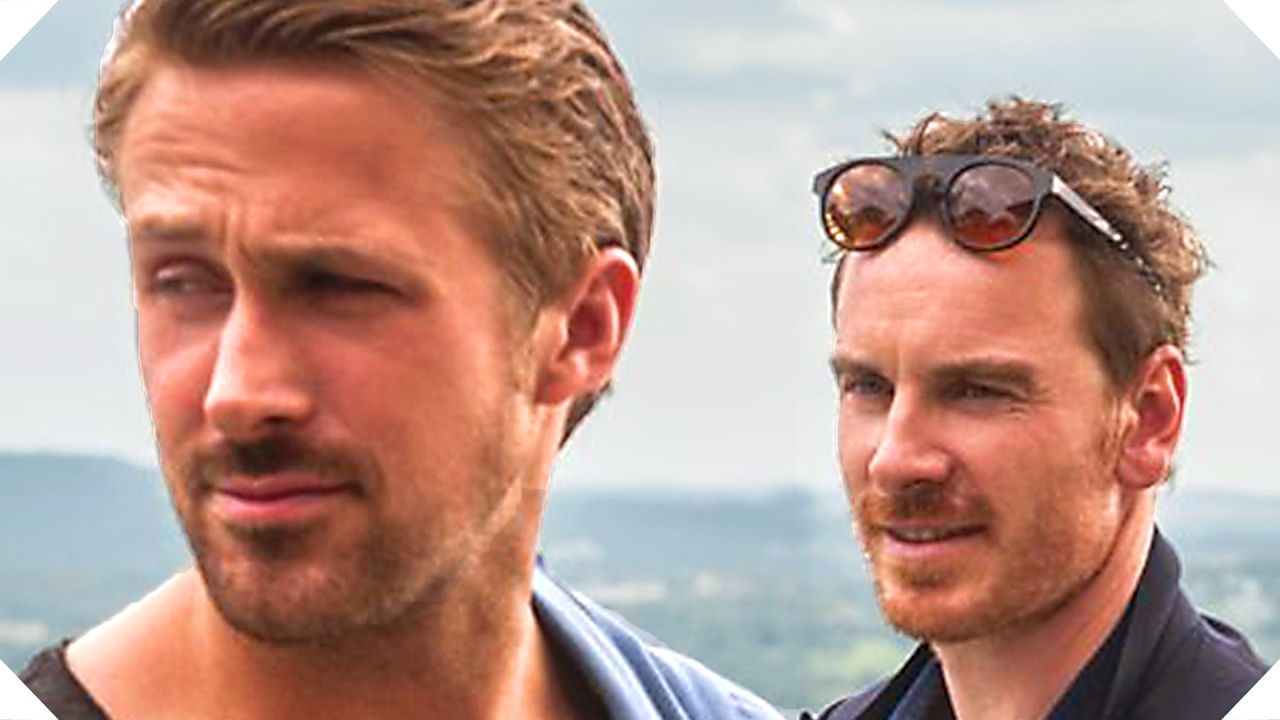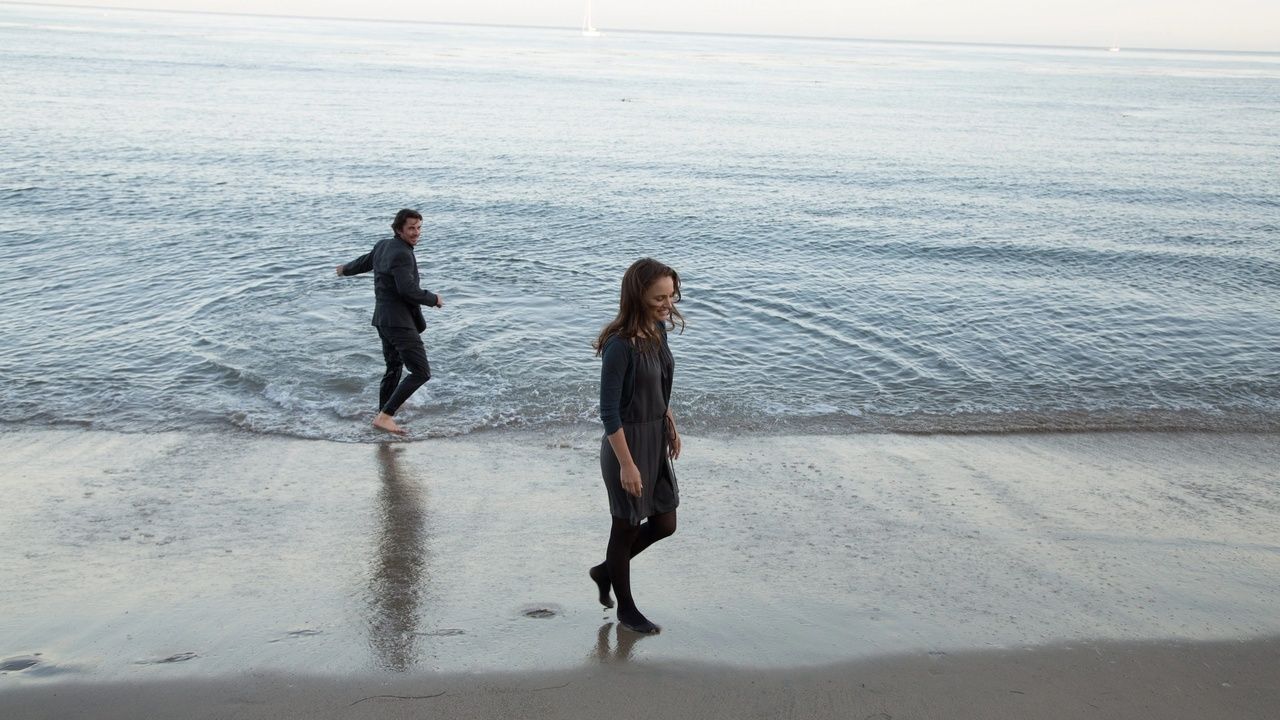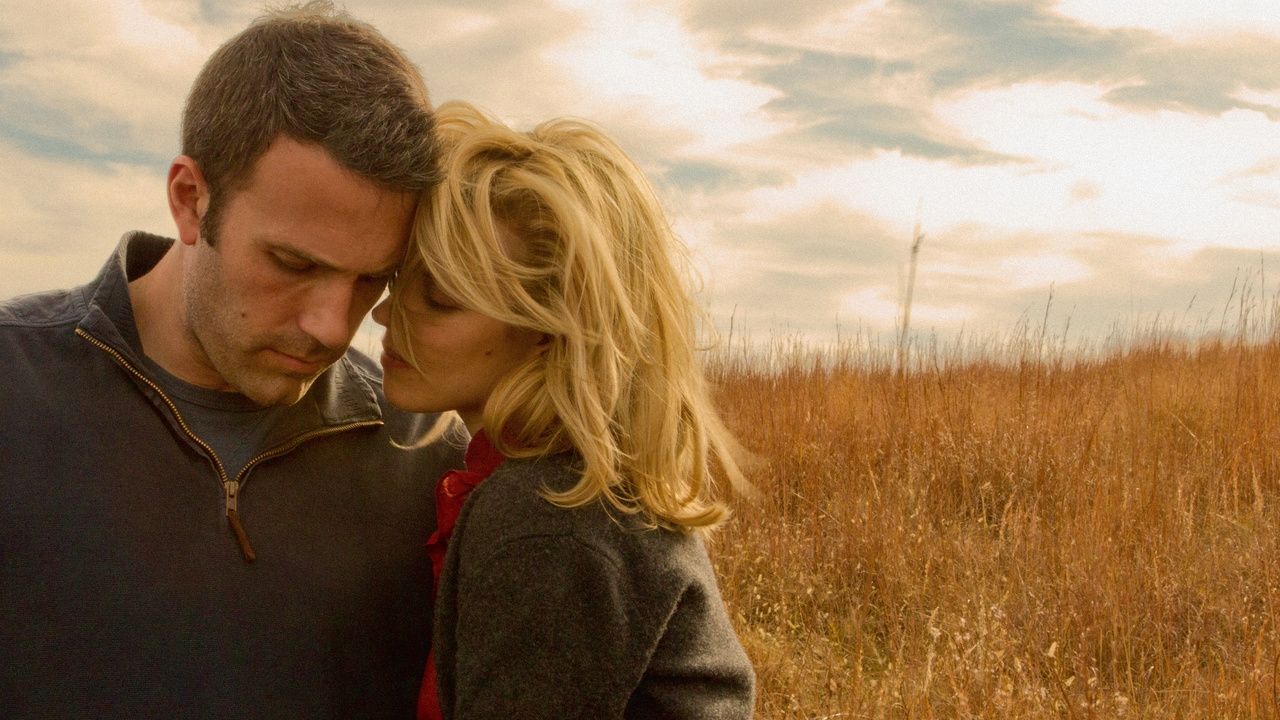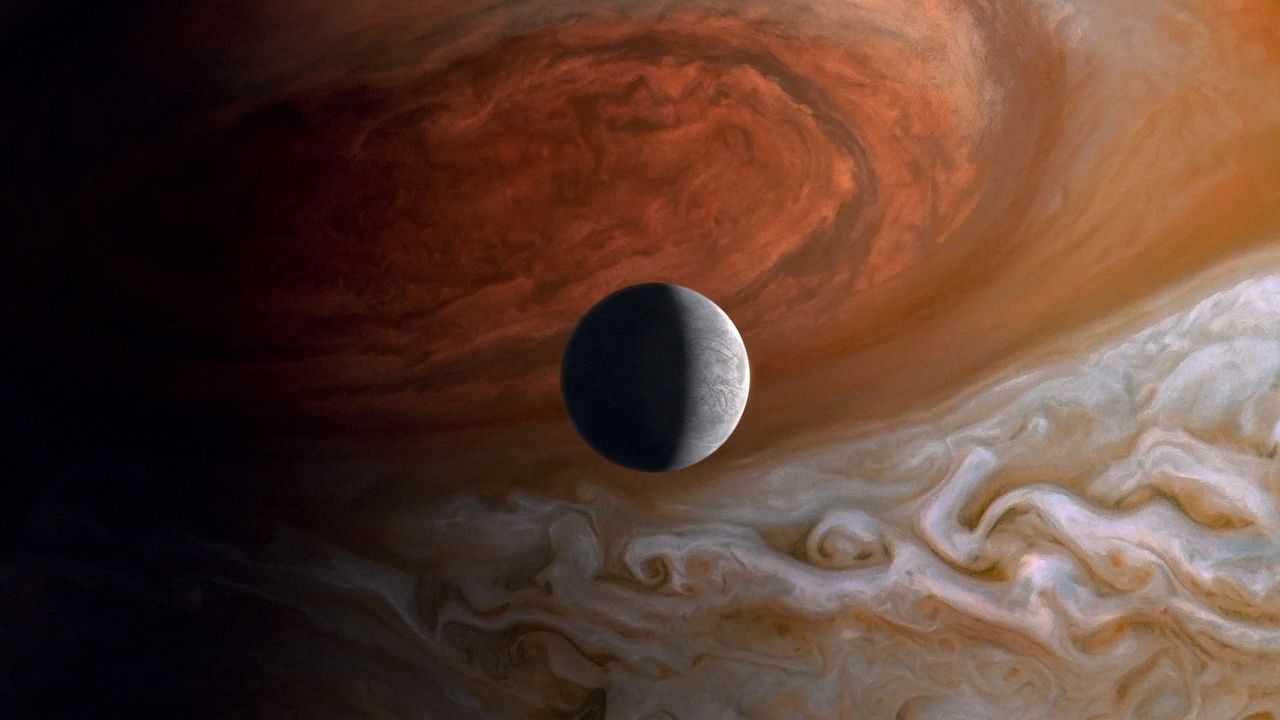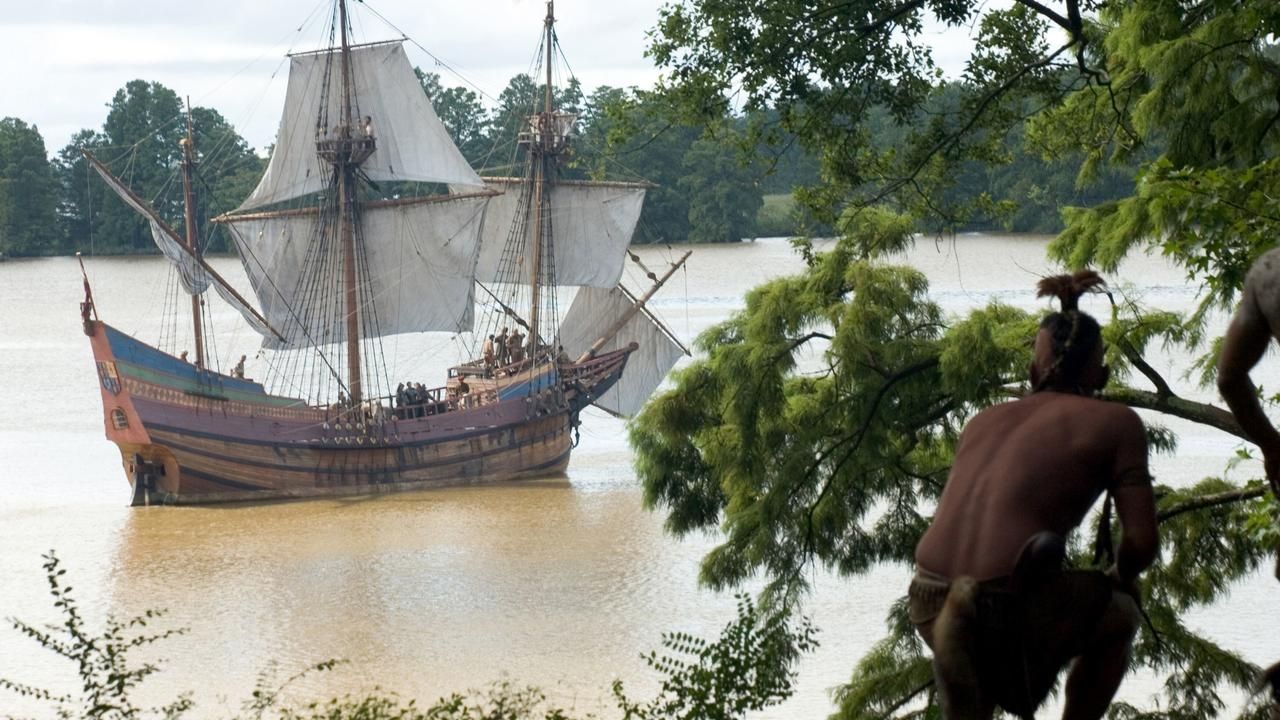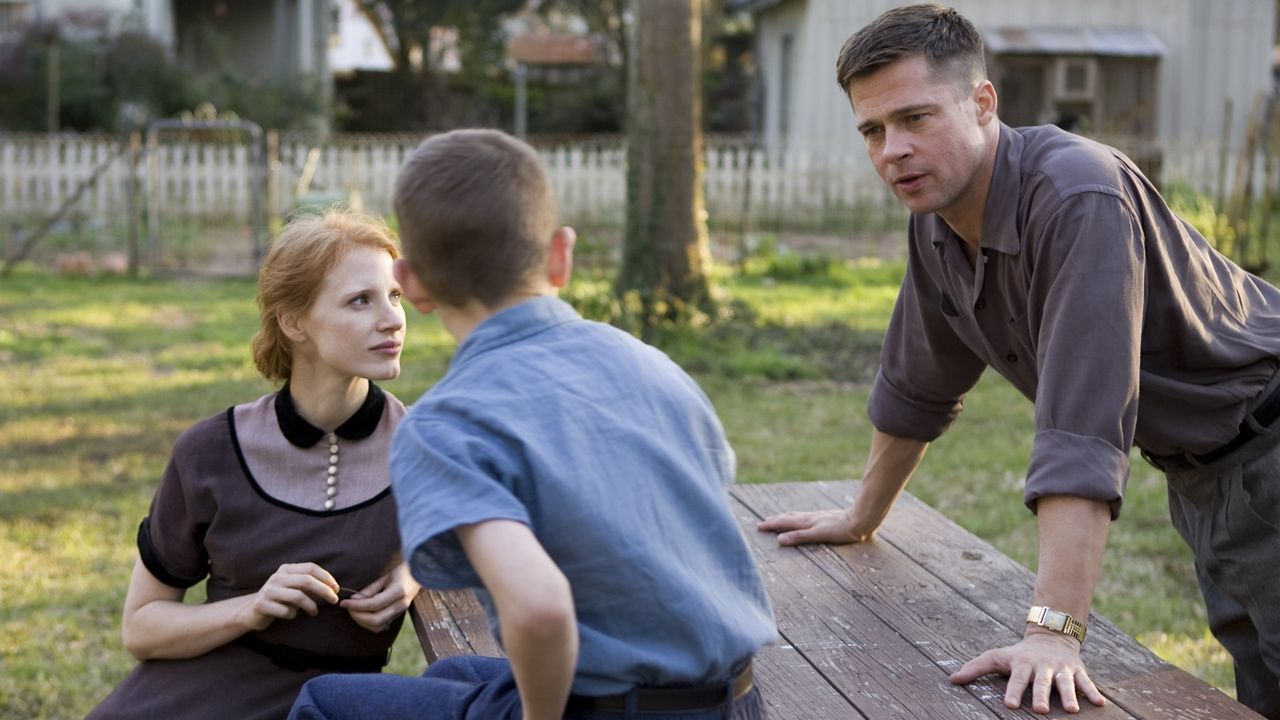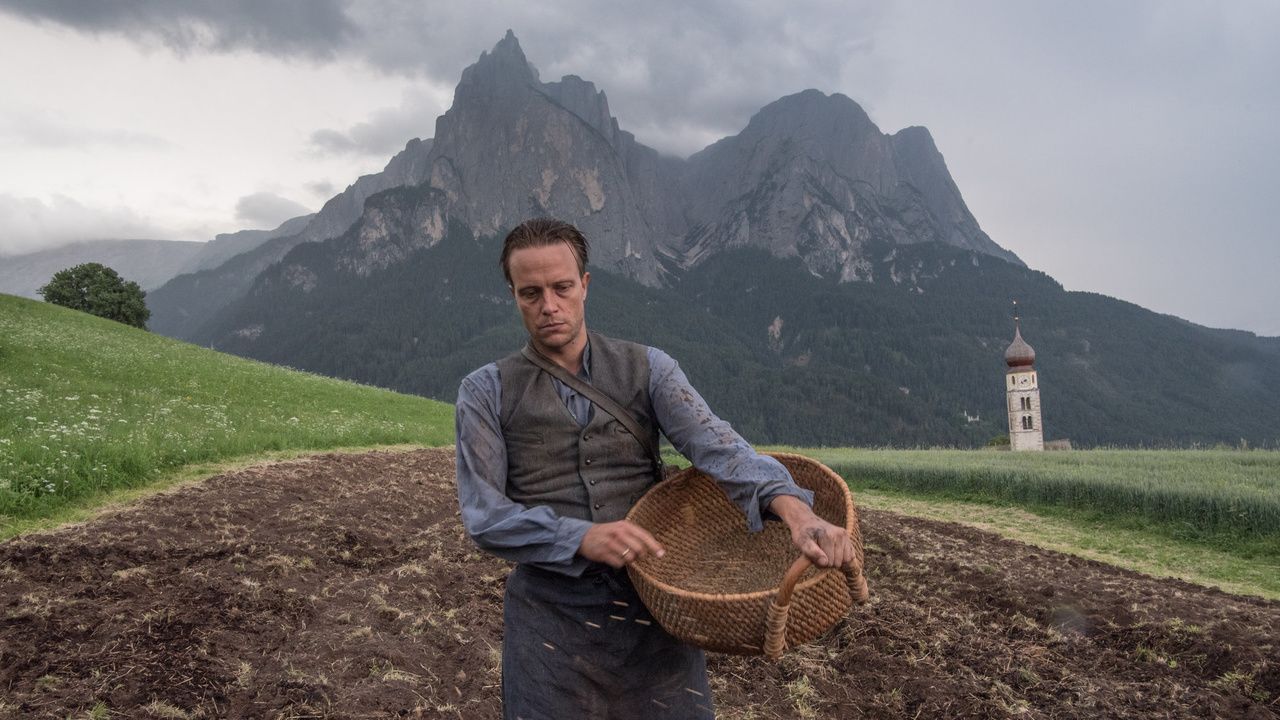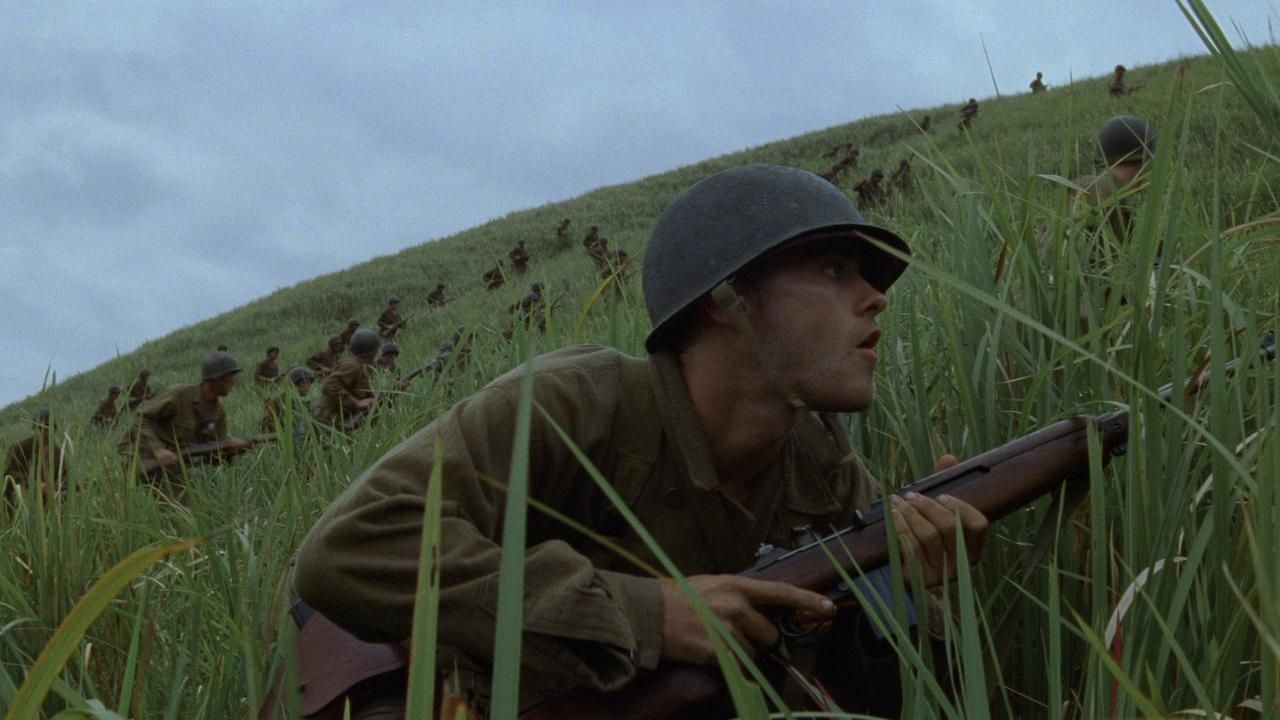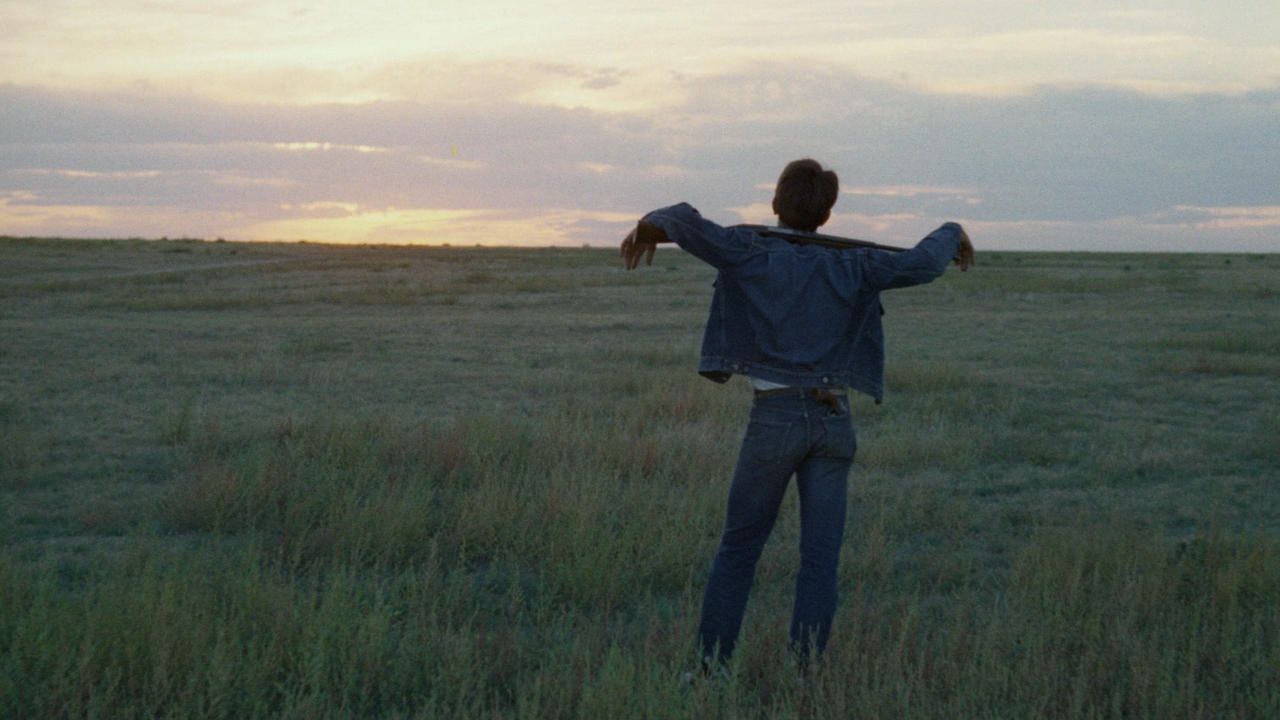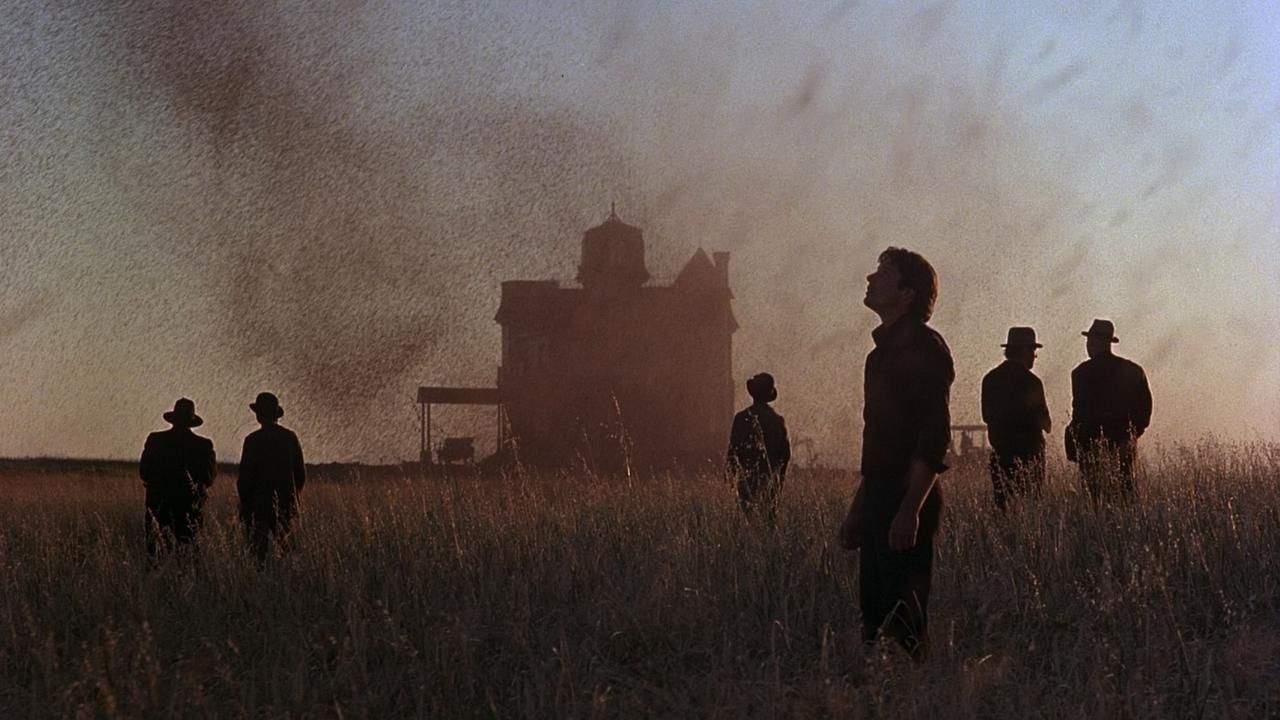Three-time Academy Award nominee Terrence Malick has several films in his portfolio. He’s directed movies ever since the '70s, and though his trademark style tends to draw in mixed reviews, his movies still gain a lot of popularity and renown. His meticulous attention to detail is hard to beat as he makes sure he has the movie arranged in the best possible form it can take. It’s clear it’s well worth the effort too, as he has many devoted fans.Part of his cult following stems from the fact that he is famously averse to publicity and photography, and that the director actually vanished from Hollywood for 20 years after making two of the greatest masterpieces of the '70s. His mythical, hard-to-locate status got him labeled 'Hollywood's Bigfoot,' before Terrence Malick returned to helm one of the greatest, strangest war movies ever made. He will undoubtedly always have fans who eagerly await his next piece.Speaking of, Malick is currently in production with his newest film, The Way of the Wind. Previously known by its working title The Last Planet, little is known about the movie at the moment besides the cast and the fact that it is going to be a biblical drama retelling several moments in the life of Jesus. What these moments exactly are hasn’t been announced, but with Malick's consistently spiritual approach to filmmaking and the recent success of A Hidden Life, we can expect ti to be fascinating at the least, and hope we’ll hear more information soon. For now, take a look at his previous films, and see how our ranking stacks up against your own.
10 Song to Song
The experimental romantic drama film Song to Song follows guitarist Faye as she looks for success as a musician. She starts an affair with record producer Cook, hoping to find her way into the industry with that. However, things grow complicated when she starts a relationship with a more successful musician, BV, who also works with Cook. The movie received mixed reviews from critics, many of whom weren’t sure the plot was very clear. Considering the first cut was eight hours long, there was a lot that had to be cut down into a manageable film length, so it’s likely some plot was lost along the way; regardless, Terrence Malick has always had a loose relationship with narratives, and has been distancing himself away from cohesive plots for the past decade.
9 Knight of Cups
Knight of Cups is a drama divided up into eight chapters. Each one focuses on screenwriter Rick (an excellent, melancholic Christian Bale), trying to find his place in the world, and his relationship with different characters (Cate Blanchett, Natalie Portman, Antonio Bandera, and more). With each new encounter, he comes a little closer to finding out who he is. The film is not without its flaws, however, and received mixed reviews from critics (like all of Malick's very late career films). Perhaps his methods of ‘torpedoing’ the actors — or only giving them the script the day of and forcing them to improvise — was not the best for this deep dive into a midlife crisis.
8 To the Wonder
In To the Wonder, romance blooms and fades several times for the main character, Neil. When traveling in Europe he meets Marina, who returns to the US with him for a while before her visa expires. He then continues to explore the ins and outs of romance and marriage throughout the movie with an old childhood friend before Marina comes back into his life. Once again, Malick received mixed reviews from critics. It was said that there was an absence of plot behind his vision for the film, despite its stunning visuals and wistful cinematography. However, the movie did receive two nominations at the 69th Venice Film Festival, one for the Golden Lion award and one for the SIGNIS award, which he won.
7 Voyage of Time
The documentary Voyage of Time is utterly unique. It not only talks about the past and present, but it talks about the inevitable future as well; it's a rarity of a film, using CGI and poetic narration to create more of a tone poem than anything else. It follows the creation of Earth and the Universe, talking about all aspects of life, of science and faith, and about the eventual collapse of it all as well. Critics seemed to favor the documentary after its release, which was good for Malick, considering he put several years of work into its filming and editing, and even more developing the idea; the whole thing stemmed from his infamous 'dinosaur scenes' in The Tree of Life, where he realized the possibilities of CGI in creating a documentary about the planet and the cosmos. There were two cuts of the documentary released, and the feature-length edition even got to compete for the Golden Lion at the 73rd Venice Film Festival.
6 The New World
The New World is a retelling of the first settlement of Jamestown, focusing on the love story between Pocahontas and two different Englishmen. First, it follows her relationship with Captain John Smith, who is captured by the natives and lives among them for a while, developing feelings for her. Later, when he leaves to try and find a passage to the East Indies, Pocahontas finds her eventual husband, John Rolfe, and a relationship blooms between them. The film was, unfortunately, a box office failure, even though critics were mildly positive when reviewing at the time and the film has become more loved since its restoration in the Criterion Collection. The New World is a poetic meditation on history and colonialism, with great performances from Colin Farrell and Christian Bale.
5 The Tree of Life
In The Tree of Life, several heavy topics explored through the eyes of Jack, a middle-aged man. Using his childhood memories and a sort of divine perspective, the film explores the origins and meaning of life as we see his mother and father try to raise their children differently. His mother wants her sons to see the world as a place of wonder to open up to, while his father would rather them see it as corrupt and exploitative, and to always be on guard. The Tree of Life dives deep into these topics as it follows Jack growing up, struggling to reconcile these two opposing forces.
When first released, the film won the coveted Palme d'Or at the Cannes Film Festival and was universally acclaimed, though mainstream audiences didn't exactly know what to make of it, feeling tricked by the cast (Brad Pitt, Sean Penn, Jessica Chastain) into seeing an art film. Malick was praised for his direction and vision, was nominated for the Academy Award for Best Director (and the film for Best Picture). Famed critic Roger Ebert considered The Tree of Life not just one of the best films of the 2010s, but one of the best movies of all time; the hallowed Sight & Sound poll agrees, ranking it in the top 250 films ever made, even if regular moviegoers found it befuddling and might prefer A Hidden Life.
4 A Hidden Life
A Hidden Life is an epic historical drama about the life of Franz Jägerstätter, a respected Austrian farmer in World War II. When he refused to swear loyalty to Hitler and fight in the army, he and his family faced many issues and pressures from members of the surrounding community, who were upset that he wasn’t loyal. This leads to his inevitable arrest, though he keeps in touch with his wife through letters while awaiting his trial in Berlin. A Hidden Life had a successful release, and Malick was praised for his ambition and both the beauty and scope of the lengthy film he delivered. He won two of the three awards that A Hidden Life was nominated for at the Cannes Film Festival, where it premiered. A Hidden Life is still considered to be one of his most spiritually moving and accessible films.
3 The Thin Red Line
The Thin Red Line is an adaptation of the novel with the same name written by James Jones. The war film follows a military company as they fight in World War II, trying to seize the island of Guadalcanal from the Japanese to cut off their route to Australia. Many battles ensue as the company tries to survive what is, effectively, a suicide mission to take the key Japanese bunker on the top of Hill 210. Reviews were generally positive and critics and audiences liked the emotional truths Malick was bringing to life, but the film has garnered much more acclaim over the past two decades for its haunting, spiritual look at the violence and evil inside the human condition.
The film is also famous for having one of the most impressive casts of all time, and yet featuring most actors with incredible brevity; Malick was only given the budget to make the film if he cast five of the 10 famous movie stars who were interested, but he cut almost all of their material from the finished, three-hour product. It had seven Academy Award nominations, including for Best Director and Best Screenplay for Malick, proving he put his best foot forward for this movie after twenty years outside of Hollywood.
2 Badlands
Terrence Malick’s debut film Badlands follows the life of Holly Sargis, a South Dakota native with a strained relationship with her father. She is charmed by Kit Carruthers, who her father disapproves of. Kit’s violent tendencies are revealed when he shoots and kills Holly’s father, and after faking their deaths, they now must run from the police as his violence streak continues. The movie performed very well and launched both Martin Sheen and Sissy Spacek into stardom, definitely helping set the stage for Malick’s successful career. He was praised for the classic American movie and its poetic feel, emerging as an important New Hollywood director right out of the gate, and Badlands remains a great example of his first period.
1 Days of Heaven
In Days of Heaven, the main character Bill (Richard Gere) accidentally kills his boss at the Chicago steel mill he works for. Fleeing to Texas with his younger sister and his girlfriend, they find work on a farm and hatch a scheme to try and take the farmer’s money. Of course, it doesn’t go the way they expect. Initial reviews were mixed, believing that, while a beautiful film, the story was lacking (a frequent criticism of Malick). However, once the director disappeared for two decades, it was later revisited and called a masterpiece, eventually appearing on several best films of all time lists.
Though the movie’s four Academy Award nominations didn’t include Malick, he was nominated for best director at the Golden Globes, and won the same category at both the Cannes Film Festival and from the National Society of Film Critics. To receive so many award nominations for only his second movie is absolutely impressive, but was only the beginning. His more recent A Hidden Life may have become his most popular, however, there is something stunningly perfect about Days of Heaven which is simply hard to shake. It's a masterpiece.

